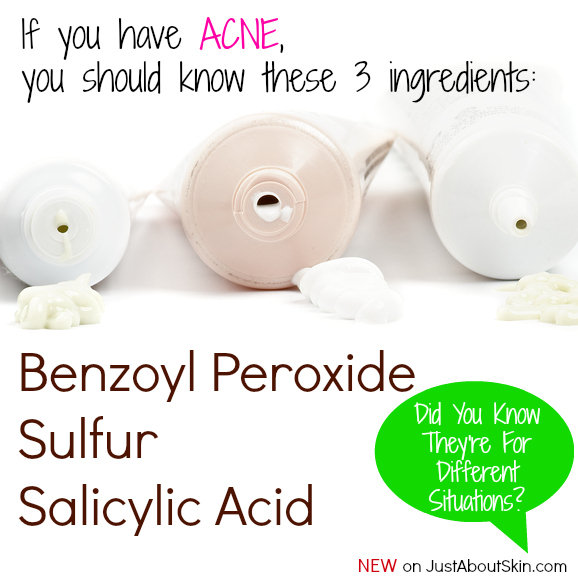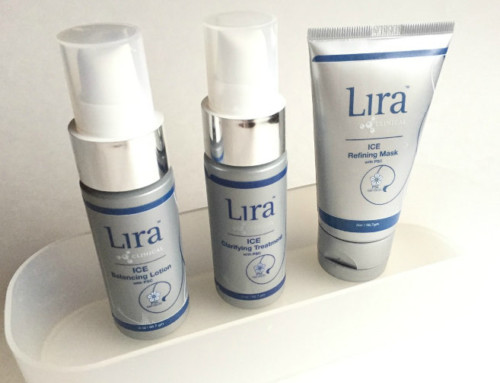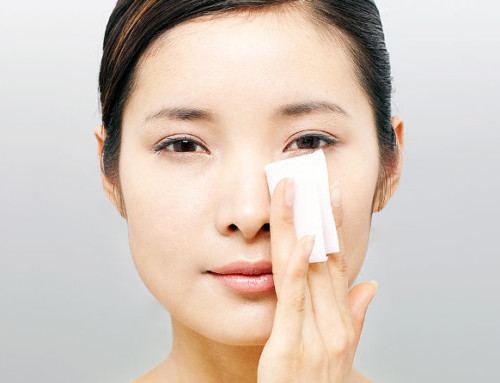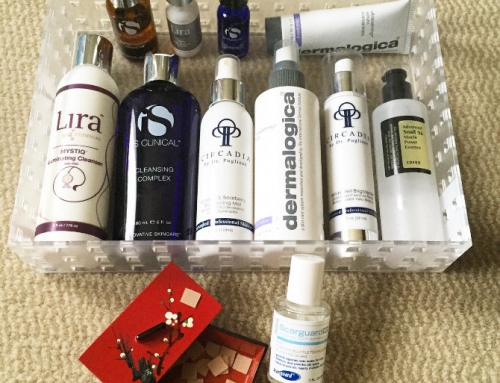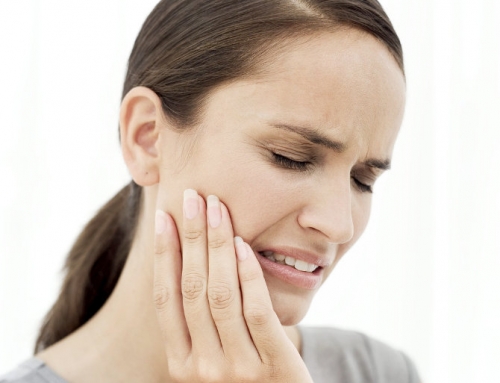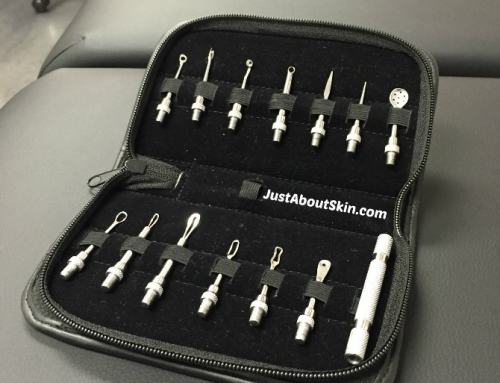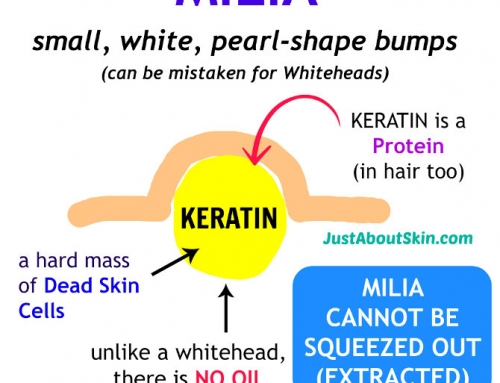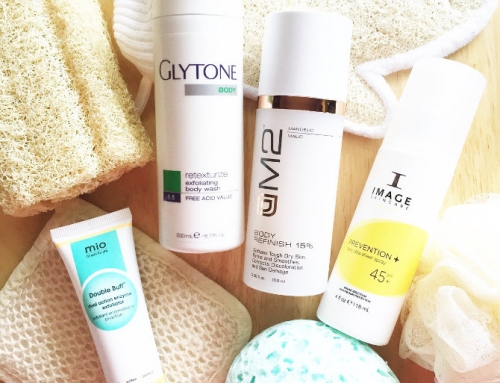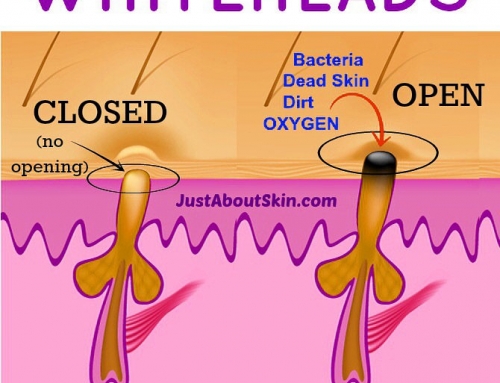I’ve been getting many questions about acne lately. So I think it’s a good idea to review some basics. If you struggle with acne or bad blackheads, this is a must-read.
In non-prescription skin care (excluding antibiotics and drugs like Retin-A), there are 3 key active ingredients used to fight acne: Benzoyl Peroxide, Sulfur, and Salicylic Acid.
When you shop for acne products, it’s useful to know the differences among these ingredients so you know whether a product will work for your situation.
Many acne products are labeled in generic terms – for example, they say they treat breakouts and blackheads, unclog pores, brighten spots, fade scars, smooth skin, blah blah blah (everything basically!).
More importantly, they don’t distinguish between treating acne and treating blackheads. These are different conditions requiring a different mix of ingredients, although some overlap. So you need to look at the ingredient list, unless you have a professional guiding you to the right products.
3 Key Acne Ingredients
BENZOYL PEROXIDE
Benzoyl Peroxide kills the bacteria that causes acne (the bacteria is called P. acnes, which stands for Propionibacterium acnes). It works by releasing oxygen into the pore, which kills the bacteria because it cannot live in the presence of oxygen.
You will see Benzoyl Peroxide products at up to a 10% concentration, but you should not go above a 2.5% concentration. It can irritate pores, causing inflammation – exactly what you don’t want to do if you have a breakout!! (An active breakout is a case of full blown inflammation.)
Also, Benzoyl Peroxide should be used ONLY AT NIGHT. Not in the daytime because UV light oxidizes Benzoyl Peroxide, which releases free radicals into your skin. And as you know by now, free radicals age the skin, too.
More importantly for acneic skin, oxidized ingredients are comedogenic (pore-clogging).
SULFUR
Sulfur also kills bacteria. Like Benzoyl Peroxide, it is an ingredient considered a drug (i.e. active ingredient) that is regulated by the FDA. Max concentration is 2% (for OTC).
SALICYLIC ACID
Salicylic Acid exfoliates inside a pore, which loosens up a clog and allows sebum to flow out more freely. It does not kill bacteria but has an antibacterial effect (e.g. inhibits their growth).
Salicylic Acid comes in a range of concentrations, sometimes as low as 0.25%, and up to a maximum of 2%. Like Benzoyl Peroxide and Sulfur, it is also a regulated drug ingredient. This means the concentration should be stated on the label.
Willowbark is a gentle plant-derived alternative to Salicylic Acid but is weaker. This is the ingredient that appears in many natural/organic brands.
Which Ingredient Do You Use?
If you have acne, you need at least two:
- Benzoyl Peroxide or Sulfur (to kill bacteria)
- Salicylic Acid (to unclog pores)
If you have blackheads but no breakouts, you need only one:
- Salicylic Acid (to unclog pores)
If you don’t have a pimple, there’s no need to apply Benzoyl Peroxide or Sulfur. These are strong ingredients that should be used only on an active breakout.
Other Acne Ingredients
There are many other ingredients that treat acne other than these three. You can see a list of them here: Ingredients That Treat Acne.
Other common antibacterial ingredients include tea tree oil and azelaic acid.
I didn’t talk about treating inflammation in this article, but that’s also an important aspect of treating acne. The How to Treat Acne article goes over that, too.
Further Reading
For more info on treating acne, read the articles in the Acne Guide. Of all the articles in the guide, the most important one is What Causes Acne? I highly recommend reading at least this one.
Treating acne successfully requires understanding what’s causing it in the first place. And one of the reasons it’s so frustrating for many people is that there are multiple reasons why acne forms. Not just one. So a product that works for one person may not work for another.
If you’re using products that don’t treat the root cause of your acne, you won’t get anywhere. In fact, you could actually make it worse.

